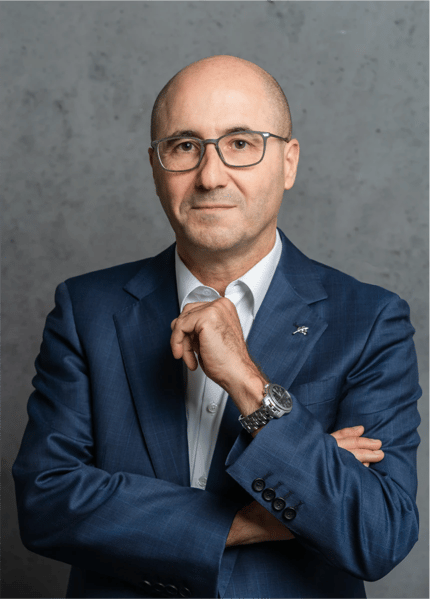Gold versus paper currencies: Daniel Varela’s analysis on RTS La Matinale
.png?width=990&height=990&name=Group%20316127846%20(3).png)
-

RTS
-

Daniel Varela Chief Investment Officer
.png?width=660&height=660&name=Group%20316127846%20(3).png)
Gold versus paper currencies.
Gold has always held a special place in the global economy. But what truly sets it apart from paper currencies?
Speaking on La Matinale on RTS, Daniel Varela, Chief Investment Officer at Piguet Galland, highlighted one fundamental difference: scarcity.
A finite quantity
“The amount of gold in the world is finite. We can choose to extract more, but we know that this total – whether still underground or already mined – is fixed and cannot be increased indefinitely.”
This feature gives gold a unique status: it cannot be multiplied beyond what is available, unlike fiat currencies.
Unlimited growth for paper currencies
Daniel Varela underlined this contrast:
“Unlike paper currencies, whose growth has no limit.”
While gold is naturally constrained, money creation depends on central bank decisions and can, in theory, expand without end.
An essential distinction
This structural difference between scarcity and unlimited creation sheds light on the special role gold plays in economic debates: it is seen not only as a tangible asset, but also as a benchmark against the flexibility of paper money.
📺 Watch Daniel Varela’s full intervention on the RTS website (in French only).
Authors
-

RTS
linkedIn -

Daniel Varela holds a degree in business administration with a specialisation in finance from the University of Geneva and began his career in 1989 as a fixed income manager. He joined Banque Piguet & Cie in 1999 as head of institutional asset management and with responsibility for bond analysis and management. In 2011, he became head of the investment strategy and Piguet Galland's investment department. In 2012, he joined Piguet Galland's Executive Committee as CIO.

.png?width=488&height=440&name=Group%20316127851%20(1).png)

.png?width=488&height=440&name=Group%20316127820%20(1).png)
